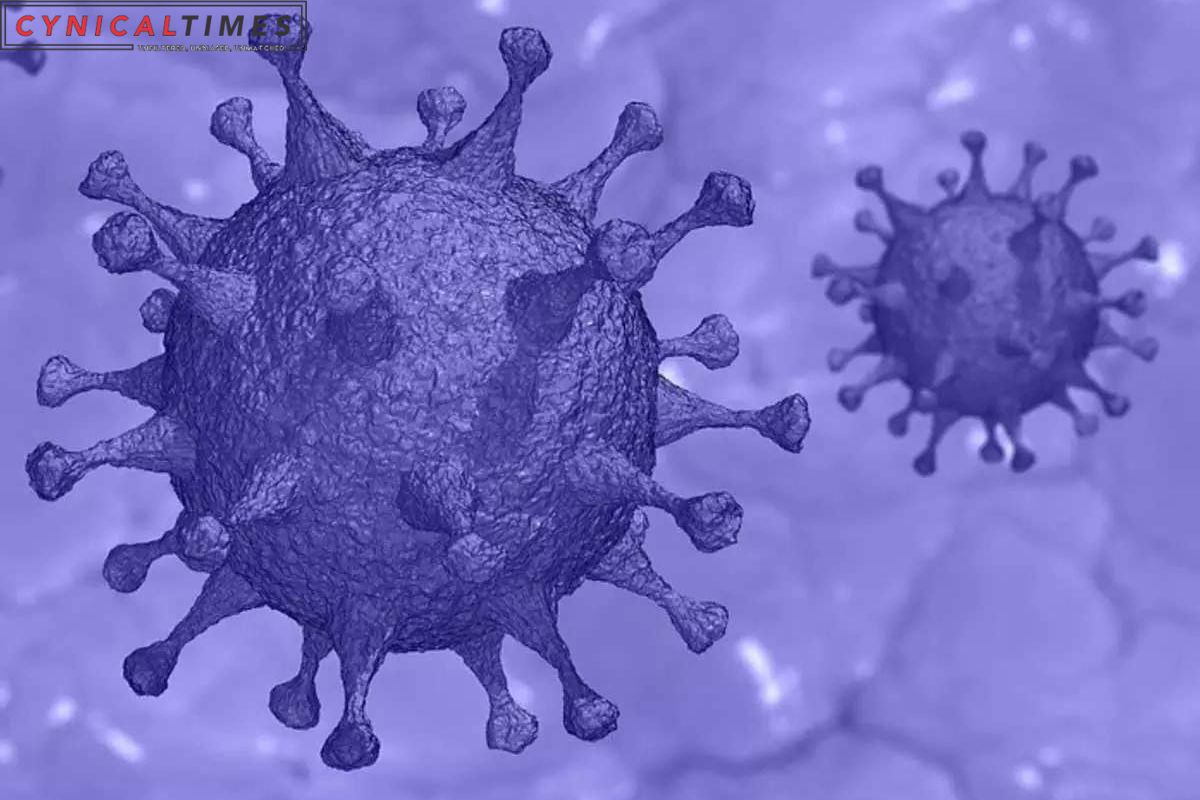New COVID 19 Variant Pirola : The global war against COVID-19 continues while health officials search for BA.2.86, known as “Pirola.” The new virus bloodline is intriguing because it is different from the others.
The WHO and CDC have identified this new strain. Why is it different? BA.2.86, or Pirola, is on both organizations’ watch lists, which is odd since there have been few cases. Despite only seven confirmed cases by the CDC as of August 19, the variation has spread to Denmark, Israel, the U.S., and the U.K.
Pirola (BA.2.86) has more than 30 mutations, more than its other circulating variants, according to GISAID, a global genome sequencing tool. The WHO says it has several modifications. The most essential question: Will these adjustments increase transmission?
The virus has spread to Denmark, Israel, the U.S., and the U.K. BA.2.86 was detected in Washtenaw County by the Michigan Department of Health and Human Services. The unwell older adult had moderate symptoms that didn’t require hospitalization
Read More : Maui Wildfires: Residents Await Answers and Rebuilding Efforts After Biden’s Visit
Everyone’s biggest concern is what new threats Pirola may pose. Many governments and countries have abandoned centralized COVID surveillance systems, so hospitalizations and wastewater analysis are used more. Concerning tendencies reveal that many countries are seeing more cases. CDC statistics for the week ending August 5 indicated a 14.3% increase in hospitalizations from 9,026 to 10,320.
England saw 17.4% more hospitalizations in the week ending August 12 than the week before. But note that present figures are much better than earlier surges. The strong mix of immunizations, previous exposure to strains, and stringent cleanliness habits keep us protected from a full-scale outbreak
BA.2.86 is new. Thus, we don’t know its symptoms. Therefore, the CDC advises people to watch for indications that resemble current strains. These symptoms include a runny or stuffy nose, headaches, fatigue, sneezing, a sore throat, coughing, and scent changes.
If you suspect or have COVID-19, the CDC has a list of ways to treat your symptoms and stop the spread
Stay home and don’t talk.
Improve living room airflow.
When around others, wear an N-95 mask.
Stay informed about COVID-19 vaccinations and extra injections.
Check your symptoms and chat with your doctor often.
Take your doctor’s prescribed medications.
Rest is vital, and over-the-counter headache medications can assist.
Regularly wash your hands and clean shared surfaces.
Use local testing and treatment alternatives.
While the globe seeks to understand how the epidemic changes, Pirola advises us to stay aware and adaptive. The COVID-19 fight is changing, and our joint response is crucial to public health.
Our Reader’s Queries
Is pirola a subvariant of Omicron?
The emergence of Pirola (BA.2.86), a new subvariant of SARS-CoV-2, has caused quite a stir in the scientific community. This particular strain is a quantum leap in the evolution of the virus, as it differs significantly from other strains currently in circulation. Its unique genome sequence has garnered a lot of attention and is being closely studied to better understand its potential impact on public health.
What is the latest COVID variant?
The United States is currently experiencing a surge in Covid cases, largely due to the JN.1 variant. This strain is causing a significant increase in hospitalizations and fatalities throughout the nation.
What are the symptoms of the new COVID variant?
The recent surge in Covid-19 cases has been attributed to a new strain of the virus that exhibits similar symptoms to previous variants of Sars-CoV-2. These symptoms include a sore throat, fatigue, headache, and cough. It is important to remain vigilant and take necessary precautions to prevent the spread of the virus.
Why is it called Pirola?
Pirola was not named due to its widespread presence, but rather because of its 30 mutations, which make it a significant deviation from existing variants. The decision to incorporate “Pi” in the name was based on the Greek alphabet sequence, where the next letter after Pi is Rho. The use of uncommon terminology in the name adds to its uniqueness and makes it easily distinguishable from other variants.


